Our township has been blessed many times during its history by men of great humanity and vision. Most of these have been ministers of the Gospel whose presence in the area was the result of the pure chance of having been appointed to this locality. Consequently, it is we who have derived the benefits of their outstanding characters.
William Tennent was the first of these pioneers. Born in Ireland on or about 1673, he was 43 or 44 when he came to this country. Originally a priest of the Episcopal Church of Ireland, he felt an increasing dissention within himself in regard to a number of aspects of that faith which resulted in his applying to the Presbyterian Synod of Philadelphia for admission as a member on September 16, 1718. In 1726, he was invited to become the pastor of the Neshaminy Church; he accepted and remained there until his death some twenty years later. His whereabouts during the eight year interim before joining the Neshaminy Church is somewhat obscure. Some historians believe that, during this time, he was pastor of the Bensalem Church. Watson (Annals, Vol. 2, p. 96) denies this and points out arguments to the contrary. * Because of space limitations, we will not enter the details here but rather rejoice in the fact that regardless of where he spent his time previously, we are happy that he resolved to spend his remaining years in Warminster Township.
Mr. Tennent was one of those rare characters of whom too few appear in any one generation. Although a self-effacing man, he had rare ability as a teacher, both in the Gospel and in formal education, as proven in the number of his students who rose to high positions in later life. Of these, we will have more to say toward the end of this chapter.
The true picture of early history is difficult to obtain. The present would-be historian is limited by time in his research into an era when records were poorly kept, if kept at all. For this reason, we cannot say definitely at what date the Log College was established. We do know that the thought occurred to Mr. Tennent before he came to the Neshaminy Church, being concerned about the lack of educational facilities in this new territory for his sons and the youth of the area.
Watson's "Annals" gives the date of the founding of the "College" as 1721. Davis' History of Bucks County gives the date 1728; Rev. Turner's History of Neshaminy Presbyterian Church concludes that it was 1735. Thomas Murphy's "Cradle of the American Presbytery" states that it was 1727. While not wishing to confuse the interested reader, these so-called "facts" are given to illustrate that the path of the historian is not an easy one and that what one reads of history is not always correct. At least three of these sources must be incorrect, and so the historian must do a certain amount of generalizing.
It is generally conceded that the good Reverend accepted the pastorate of the Neshaminy Church in 1726, even though, as stated by Dr. Turner, he was "-never installed as a pastor in due form-." General Davis' History of Bucks County states that "The famous Log College was in Warminster, on the York Road half a mile below Hartsville, on the fifty acre tract given by James Logan to William Tennent, his cousin, in 1728." If the college was founded in 1735, as stated by Dr. Turner, it would have given Mr. Tennent only ten years in which to do all the great works that were later attributed to him, as he died in 1745. This is little enough time, indeed. Dr. Turner on the other hand states that Gilbert Tennent, Mr. Tennent's oldest son "-was licensed to preach in 1726 by the Presbytery of Philadelphia, and assisted his father in teaching for a year at Log College, when he became pastor of a church in New Brunswick, N.J." This must be authenticated further. The actual date is relatively unimportant except to avid and precise historians; what is most important is that the College was begun and that some of its students were responsible for the eventual founding of Princeton University, first known as the College of New Jersey. This was first located at Elizabethtown in 1746, moved to Newark in 1748, and permanently located at Princeton in 1756. Of the early presidents of Princeton, two were Log College men, Samuel Finley and Samuel Davies. A third, John Blair, was acting president for a short time; and a fourth, Samuel Stanhope Smith, was educated at Nottingham which sprung from Log College.
The tiny institution on York Road which the neighbors jestingly called Log College was responsible, too, for the origin of many other schools the country over. Jefferson, Hampden-Sidney College, and Washington University in Virginia, and many more can trace their beginning to the humble institution in Warminster Township.
Mr. Tennent's sons were Gilbert, William, John, and Charles, all educated at Log College. All four went on to become well known and highly respected ministers.
The Rev. Samuel Blair, educated at Log College founded, at New Londonderry, Pa., a similar institution which was responsible for the education of many famous men. At Mr. Blair's death in 1751, his younger brother John superintended the school for about nine years. John, too, had received his training at Log College. He later accepted a post at Princeton.
Rev. Samuel Finley, another of the Log College Alumnae, later became President of Princeton University. After receiving his training he was assistant pastor at a number of churches in New Jersey and finally accepted a pastorate at Nottingham, Maryland. Here he established a school closely following the pattern set at Log College. Many men who became eminent at a later date received their education at this school, among these being Governor Martin of North Carolina; Dr. Benjamin Rush of Philadelphia; Jacob Rush; John Bayard, Speaker of the House of Representatives; and Rev. Wm. M. Tennent, D.D., of Abington.
These and so many others went out into the world from this humble institution and taught the youth of the nation. In turn, their students, who spread out over the country, founded additional schools of learning. In a later edition of this history we will attempt to chart in genealogical form all the branches which arose from this simple little schoolhouse in Warminster Township. We understand that the total direct number is 64. Mr. Thomas Murphy in his "Cradle of the Presbyterian Church in America," states: "The writer must confess that he has been aroused to great wonder at the thought of so many men such as these coming from one unpretending school. One or two, there might have been, as exceptions towering up far above the rest, but here there were so many of them!"
One of the most colorful characters, in the opinion of the writer, to emerge from Log College was Rev. Charles Beatty. Emigrating from Ireland with his family at the age of fourteen, he was instructed in the rudiments of a classical education probably by his mother who was a highly respected gentlewoman. After attaining his majority, his independent character began to assert itself when he decided to make his own way in life, becoming a peddler as a temporary expedient. It was in this guise that he one day halted at Log Col lege. To the immense surprise of Mr. Tennent, the peddler addressed him in Latin. A conversation ensued after which Mr. Tennent implored him to "-go, sell the contents of your pack and return immediately and study with me. It would be a sin for you to continue as a peddler when you may be so much more useful in another profession." The idea appealed to Mr. Beatty and he lost no time in complying with Mr. Tennent's advice.
After finishing his studies under Mr. Tennent he was ordained by the Presbytery of New Brunswick and accepted as pastor by the Neshaminy Warwick Church in 1743, from which position Mr. Tennent had retired due to ill health. Some years afterward, being concerned by the ignorance and want of mental culture in the people of the area, he became interested in a project to establish a public library at Hatboro. This Institution, still one of the most valuable and extensive libraries outside of Philadelphia, was established in 1756 in a private home in Hatboro and owes its origin, in a measure, to the foresight and humanity of Mr. Beatty. The present building was erected in 1850 through a legacy of $5000 of Nathan Holt of Horsham.
Mr. Beatty was an ardent patriot with an adventurer's spirit and the Synod of that day seems to have appreciated his talents, for he was sent on many missions that would have tried the spirit of a lesser man. In 1754, he was sent into the wilds of Virginia and North Carolina to supply destitute neighborhoods and newly formed congregations with the preaching of the Gospel. He served as chaplain under Colonel Benjamin Franldin in the French and Indian War in 1756. Franldin relates an amusing incident concerning Mr. Beatty:
"We had for our Chaplain a Zealous Presbyterian minister, Mr. Beatty, who complained to me that the men did not generally attend his prayers and exhortations. When they enlisted, they were promised, besides pay and provisions, a gill of rum a day, which was punctually served out to them, half in the morning and half in the evening, and I observed they were punctual in attending to receive it; upon which I said to Mr. Beatty, 'It is perhaps below the dignity of your profession to act as the steward of the rum; but if you were to distribute it out, only just after prayers, you would have them all about you.' He liked the thought, undertook the task, and with the help of a few hands to measure out the liquor, executed it to satisfaction; and never were prayers more generally and more punctually attended..."
After returning to Warminster from this expedition, Mr. Beatty further showed his patriotism and knowledge of human nature. During the French and Indian War, after being appraised by an enlistment officer that the people of the neighborhood were reluctant to be recruited in defense of the Pennsylvania Province, he told the recruiting officer to be at service the following day, which was Sunday. At the close of the service, he addressed his people in words to this effect:
"The savages have attacked the frontier settlements and are murdering our fellow citizens. The Governor has made a call for volunteers to march with a view to attack and drive them back, but I regret to learn that it is not very promptly met. It is certainly somebody's duty to go, and I have determined, if the Synod allows me, to offer my services as Chaplain, and thus do my part. Of course it would be very pleasant for me to have the company of any of the congregation, or my neighbors, who may feel it their duty to go."
During the following week, about a hundred men joined the company. Here, indeed, was a salesman! Who sold duty to mankind as well as duty to God. It was during this campaign that he wrote in his journal:
"Thursday, May 20th. Preached at Yellow Breeches, over Susquehanna, in a meeting house belonging to Presbytery of Donagal, at the people's invitation. Returned in the evening to camp; one of my pistols went off as I was laying it down, but, God be praised, did no hurt."
This was a man's man. Although a man of God, he carried not one, but two pistols, probably reasoning that with all the good Lord's troubles, why bother Him if, in time of need, he could take care of himself. In 1758 he served again under General Forbes in the march against Fort Duquesne, now Pittsburgh. One of the men who accompanied him in this campaign was Ensign James Darrah, an ancestor of the present Darrah family of Hartsville.
At the behest of the Synod, he was sent to Europe in 1760 to collect funds for the relief of ministers and their families in America. After a two year absence, he returned only to be sent into the interior in an attempt to convert the Indians. This was a dangerous mission as the savages were still aroused from the recent war and easy access to rum led to situations which could only be described as precarious. His success, however, was spectacular, and he arrived home safely after two months in the wilds.
During this busy life, he managed to father eleven children, eight of whom survived to adulthood. Four of these served with distinction as officers of the Revolution. Mr. Beatty lived for many years at what was known as the Darrah farm in Hartsville, on the southwest side of the Neshaminy Creek and Bristol Road. Two years before his death he built the stone house on the southwest corner of Bristol Road and York Road now owned by the Dare family. He died of yellow fever on Barbadoes Island in the Caribbean Sea, on August 3, 1772, age 57 and was buried there. It is sad that his remains could not be laid at rest here in the area in which he labored so long and accomplished so much.
The exemplary lives of such men as those we have described, and many more, have led us to devote considerable space to this very humble institution, the cultural effects of which have had such tremendous and far reaching consequences. We mentioned just a few of these men; there were many, many more who led less colorful lives but contributed so very much and demanded so little. Before leaving the subject, it might be of interest to note a few sidelights concerning Log College.
Watson's Annals, written about 1835, states that, at that time, the building was still standing. Today, not a vestige remains.
On the east side of York Road, a few hundred yards north of Christ's Home, a monument was erected in 1927 dedicating the site of Log College and marks, with fair certainty, the location of the Log College. A celebration of the edification of Log College in 1889 was probably inspired by the publication of a book by the Rev. Dr. Thomas Murphy, "The Presbytery of the Log College, or the Cradle of the Presbyterian Church In America." In addition to an estimated 4000 people, such notables as President of the United States, Benjamin Harrison; Postmaster John Wanamaker; Rev. Dr. J. O. Murray, Dean of the Faculty of Princeton College were present.
Mrs. Charles Kratz, formerly of Bristol Road, Hartsville, relates a somewhat amusing anecdote concerning the occasion. The original route of the President's entourage was supposed to have been north by way of Easton Road, east on Bristol Road and south on York Road, through Hartsville to the scene of the celebration. Accordingly, the residents of Hartsville went "all out" in decorating their homes for the President. Mrs. Kratz's father, Holmes De Coursey, in particular took great pains in making a grand spectacle of his home on York Road across from the site of the now demolished Warminster Neshaminy Presbyterian Church. When it was learned that the retinue was coming directly up York Road from Willow Grove and would not get as far as Hartsville, the villagers, after their days of preparation, were sorely disappointed. Of her father, Mrs. Kratz says "My, but was he mad!" and, having had the privilege, in my younger days, of knowing Holmes De Coursey (who died at the venerable age of 96) I can vividly picture his wrath.
The s

ketch of Log College has an interesting story. It is presented here as told by Mr. Murphy in his book "Cradle of the American Presbytery":
"Beyond the brief description in the Journal of Rev. George Whitefield, the appearance of the building has been a mystery. No picture, or description, has been supposed to be in existence. The author is indebted to Dr. W. S. Steen [for a description considered, under the circumstances, as reliably authentic]." "While engaged in geological and kindred pursuits at the Yuba mines, in California, he made the acquaintance of a man named Wilson, a pious and intelligent miner, in whom he became greatly interested. Both being natives of Pennsylvania and members of the Presbyterian Church, they would seek refuge in the forest on the Sabbath from the noise and profanity of the mine, and there study the Bible. On these days Wilson related his previous History. He was of pious ancestry in eastern Pennsylvania. A grandfather had importuned him to study for the ministry of the church of his forefathers and among other inducements, had presented him with a Bible in which there was a picture of "the first col lege established in this country for the training of young men for the ministry." It looked as if it had been an illustration from an old pamphlet or had been sketched by some bright youth of the institution. The building was small and rude, of logs, and located in eastern Pennsylvania, among the Presbyterians. On this picture, as a reminder of their far off home, the two had gazed times without number. Dr. Steen came to have it so fixed in his imagination and memory that he could recall it with the utmost vividness. Failing by correspondence to find either Wilson or the Bible, at the author's solicitation he described the picture so exactly that the designer had no difficulty in reproducing it with the utmost accuracy. Of this, the Doctor has given the accompanying certificate with the liberty of making it public: "I do hereby certify that the accompanying engraving is an exact reproduction of a picture of the first college building for the ministry of the Presbyterian Church in eastern Pennsylvania, and which was constructed of logs, which I frequently saw in a Bible of a pious miner of the Yuba mines of California and which he received as an heirloom from a grandfather whose ancestral home was in that region of the State."
W. S. Steen
San Francisco, California
Dr. Murphy concludes "There can, therefore, be scarcely a doubt but that in this picture we have a correct representation of the original Log College building."
 (Sketch of John Fitch)
(Sketch of John Fitch)The story of John Fitch is fraught with frustration, sadness and despair. There seems to be little doubt that the man was, in a large sense, a genius and, following the character of most genius', he led a stormy life, crisis following crisis until, in the end, a peace-and-quiet loving nature was completely overwhelmed.
Born in Windsor, Connecticut, on January 21, 1743, he was one of those sad individuals whom nature seems to select as a scapegoat from the very start of their innocent lives. A series of indignities and injustices inflicted by his family and others led him to go to sea as a boy. "I came home more Rich than I went, not being Resolved against the sea, nor much inamowred with it." (The capitals and misspelling are Fitch's.)
When he was 17 he apprenticed himself to a clockmaker named Benjamin Cheney who, as it turned out, was looking more for a cheap farm hand than an apprentice, and after suffering various indignities imposed by his miserly master, he was finally transferred to his equally miserly brother, Timothy Cheney, who treated him almost as badly, after which he established himself in business.
After spending several years doing "-small brass work" (buttons, ornaments, etc.) he married. His wife, Lucy, proved such a shrew that he left her with one child, a son named Shaler, not knowing that she was carrying another. After sundry wanderings through New England, New York, and New Jersey, he arrived in Trenton, where he met Matthew Clunn, one of the few people who ever offered Fitch the friendship and companionship he so craved. He seems to have had a talent for seeking out the "odd" characters of his time. These were the handymen, the "odd job" itinerants who presaged the present era; the fathers of our mechanics, the inventors who dared challenge the mechanical and scientific concepts of the day.
Fitch learned silversmithing under Clunn, a far more satisfactory apprenticeship than he had known under the Cheneys.
He was a lieutenant in the militia in the early part of the Revolution but left the service because of differences with other officers. Fitch's nature was such that he did not get along with any but a very few people during his lifetime and those were persons who understood the inner drive and constant hunger for knowledge that continually beset him.
He left Trenton, where he had established a very profitable silversmithing business, just ahead of the conquering British and sustained a great financial loss in being forced to leave most of his tools and belongings behind. His wanderings finally took him to the farm of Charles Garrison, bordering on what is now Centennial Road between Street Road and County Line. Mr. Krewson of Johnsville, states that Mr. Samuel Walker, formerly of Johnsville, told him that tradition in his family pointed to an old stone house on Centennial Road as being the residence of John Fitch.
The house, located at the easterly bend on Centennial Road, was the home of Charles Garrison and, quite possibly, Fitch boarded with the Garrisons. It is interesting to note that Fitch was a member of the Union Library of Hatboro during his various periods of living in Warminster. He seems to have never lost a chance to improve his mind when the opportunity was offered.
It is commonly agreed, among historians (and this agreement is indeed incredible) that Fitch first conceived the idea of a steamboat in April 1785 while walking the four miles home from the Neshaminy Church with James Ogilbee. This agreement probably came about as a result of Scout's statement, quoted below. They were passed by a Mr. Sinton and his wife, of Hatboro, "in a riding chair" (probably the forerunner of the "buggy") at the intersection of Street and York Roads. Mr. Fitch's rheumatic joints must have creaked enviously at the sight, for he became lost in thought. If his thoughts had continued along the original vein, there might have been no Stanley Steamer; instead it could have been the Fitch Steamer, a hundred and some odd years earlier. Fitch was thinking that it would be wonderful if a carriage could be propelled by some means other than that of horses. Having rented out his horse for the day, the aching of rheumatism in his joints - incurred while he was surveying part of the state of Kentucky in 1780 - impelled him to consider a means of locomotion other than "shanks mare." He later stated that, at this time, he had never heard of a steam engine. He went home and labored for about a week, after which he became discouraged by the problems presented by the rough roads of that time.
Now, as stated above, Mr. Fitch claimed he had never heard of a steam engine; a document exists in which is stated "James Scout, under the date of April 15, 1788, certifies that Fitch told him, while walking with James Ogilbee, he first thought of a steamboat in consequence of Sinton's passing him rapidly; and that in May or June following, Fitch showed him (Scout) a plan of the boat on paper." Now, it surpasses credulity that the idea of steam power for locomotion or any other purpose could have occurred spontaneously on a street corner in Warminster or in any township. The thought, as with Watts, should have been engendered by some happenstance in which steam itself was a prominent factor. Mr. Fitch had, throughout his life, shown himself to be a man of sincerity and high moral character, so we rather think that it is possible that he had, at one time, read an article or heard a description of this new engine and forgotten it, the circumstances above described bringing it subconsciously back to mind.
 (Fitch 's First Conception of a Steamboat. His model of 1782 [Courtesy. American Philosophical Society])
(Fitch 's First Conception of a Steamboat. His model of 1782 [Courtesy. American Philosophical Society])Regardless of how the thought was initiated, Fitch's ingenuity in working out the details of such a complicated machine is worthy of high commendation. In the space of a month or so he had workable drawings of an instrument of power that was to revolutionize world policies and thinking. Fulton, who came into the field at a later date, reluctantly admitted that he borrowed some of his ideas from Fitch. As a matter of fact, Fulton's boat was not as efficient as the later models of Fitch's vessel. Fitch's final configuration of 1790 attained a speed of eight miles per hour upstream while Fulton's "Clermont" of 1807 was capable of a speed of only five miles per hour in dead water.
Any attempt to analyze the detailed structure of a local history is fraught with frustrating contradictions and sometimes requires years of searching to piece together the small fragments of information that are found in the oddest of places. One of the most harassing puzzles presented to the author has been the location of the shop in which the first model of the steamboat was made. Here again, the variance among historians has led to frustrating confusion. They all agreed on one point (hurrah!), that it was made in Warminster Township. One source holds that it was made "in a wheelwright shop at York and Street Roads," possibly confusing the location with the place where the idea was originated. Another source states that it was in "-Cobe Scout's shop on Charles Garrison's farm." Still another -authority dictates, with nonchalant assurance, that it was done "-in a log shop where Sutphin McDowell carried on weaving, on the farm lately (1876) owned by Mitchell Wood, four hundred yards east (?) of County Line. As it happens, two of these statements are correct, the authors simply did not enlarge enough on their information to pinpoint the location.
 (Site of Fitch 's first tests in Davisville)
(Site of Fitch 's first tests in Davisville)Happily due to the persistent inquisitiveness of Mrs. Richard Blackway, a paper was found, written by Gen. Davis -about Abraham McDowell, son of Sutphin, in which McDowell states that he assisted in the famed experiment at the Davisville pond by pushing the boat into the open water when it approached the shore. Abraham was very young at the time but the event was so exciting to his young mind that he remembers vividly a number of important details, not the least of which was the fact that his father's weaving shop was near his home a few hundred yards north of County Line, and that here, also, Cobe Scout carried on his trade as wheelwright and silversmithing, having been taught the latter by John Fitch. Abraham further states that the famous model was built in this humble log building on what is now Centennial Road and this is probably as close as we will ever come to locating the spot where one of the great experiments of modern times took place.
 (The 1790 model had paddles at the stern)
(The 1790 model had paddles at the stern)Fitch's attempts to finance his project of building a full scale steamboat and his difficulties with his partners are a history in themselves. He did succeed in building at least two steam powered boats which were used for excursions up the Delaware River and served to prove that the steamboat was a practical means of navigation.
The steamboat had become his one great justification for existence. Every dollar he made, begged, or borrowed, he put into his idea and the consequent continual poverty and indebtedness finally overwhelmed him. Several staunch friends assisted with varying amounts as they were able; among these was Daniel Longstreth. A project of this magnitude, however, required a healthy financial organization. He had attempted to interest the government in his invention with no success; he was met with rebuffs on every side in attempting to finance the perfecting of his boat. In 1796, he returned to Kentucky, hoping to reclaim lands that he had titled during his survey of that state in 1780. Here again he met with bitter disappointment; his lands had been taken up some years before and he could not prove title without much litigation. This was the final straw. He committed suicide in Bardstown, Kentucky in 1798 and was buried in an unmarked grave. A sad end for a monumental genius. Later and much belated, the U.S. Government erected a monument on the spot.
 (Fitch 's model of 1786 carried passengers on the Delaware River)
(Fitch 's model of 1786 carried passengers on the Delaware River)A few years later, Fitch's patents became public domain and capitalists the world over were taking advantage of the fact.
While it must be truthfully admitted that, sooner or later, the steamboat would have been invented, it might have been much later as Fitch was far ahead of his time. The steamboat era, as a result, was given birth during the first decade of the 19th century with all its adventurous and romantic connotations, the conquest of the Mississippi, the itinerant gamblers, the traveling shows, and - Mark Twain.
All this, because an unknown Mr. Sinton and his wife happened to pass an ailing genius in a little town called Warminster, in Pennsylvania.
*footnote: (The history of the Craven family indicates that he preached in the Craven home during the winter and in the barn during the summer before assuming his pastorate at the Neshaminy Church.)
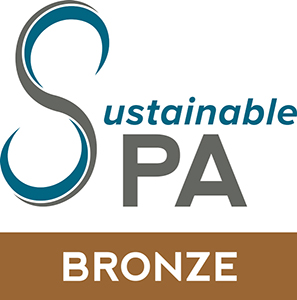 ized as Bronze Certified Sustainable Community
ized as Bronze Certified Sustainable Community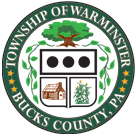
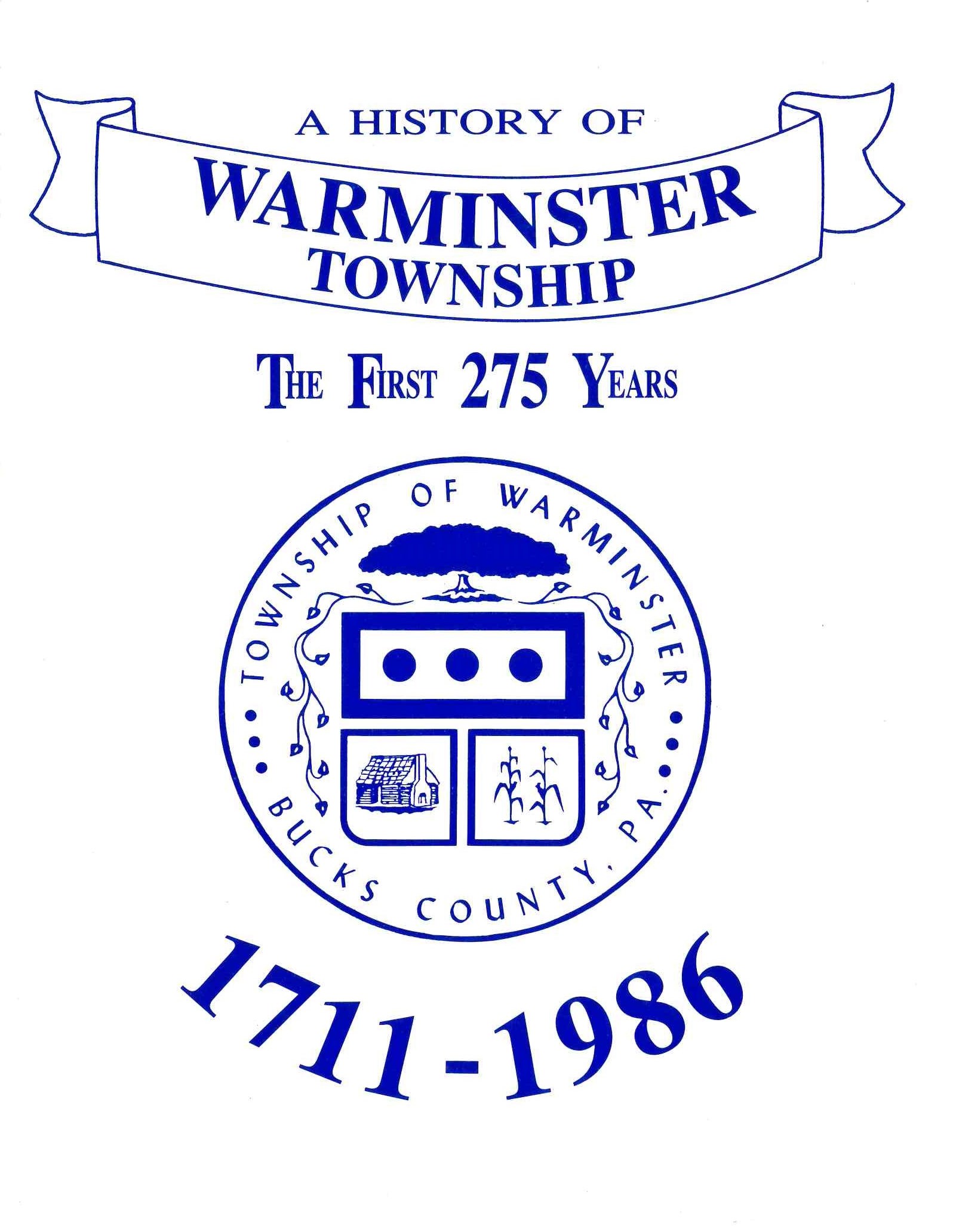








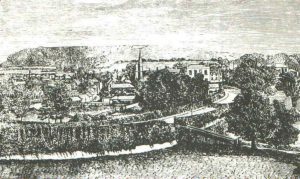
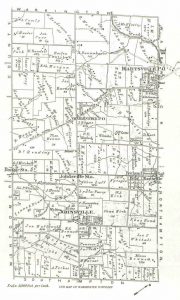





















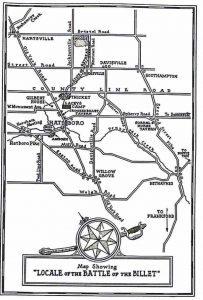

























 17) NOBLE HOUSE - Situated on the northwest corner of York Road and 5th Avenue. The original building probably consisted of the rear part, having a kitchen downstairs and one room upstairs. This part was built prior to 1734, according to Mr. Philip Reeves, a former owner, who had located an old deed on the property. The deed conveyed the house and 140 acres from Abel Noble to Job Noble. The Noble family is discussed in an earlier section of this book.
17) NOBLE HOUSE - Situated on the northwest corner of York Road and 5th Avenue. The original building probably consisted of the rear part, having a kitchen downstairs and one room upstairs. This part was built prior to 1734, according to Mr. Philip Reeves, a former owner, who had located an old deed on the property. The deed conveyed the house and 140 acres from Abel Noble to Job Noble. The Noble family is discussed in an earlier section of this book. 















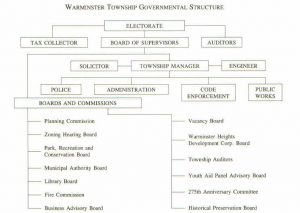
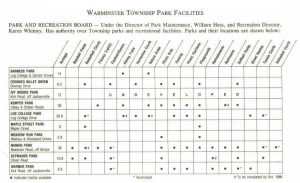
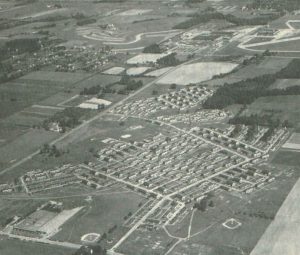
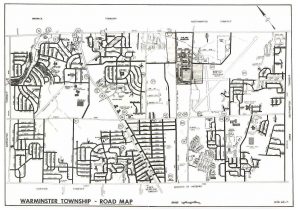
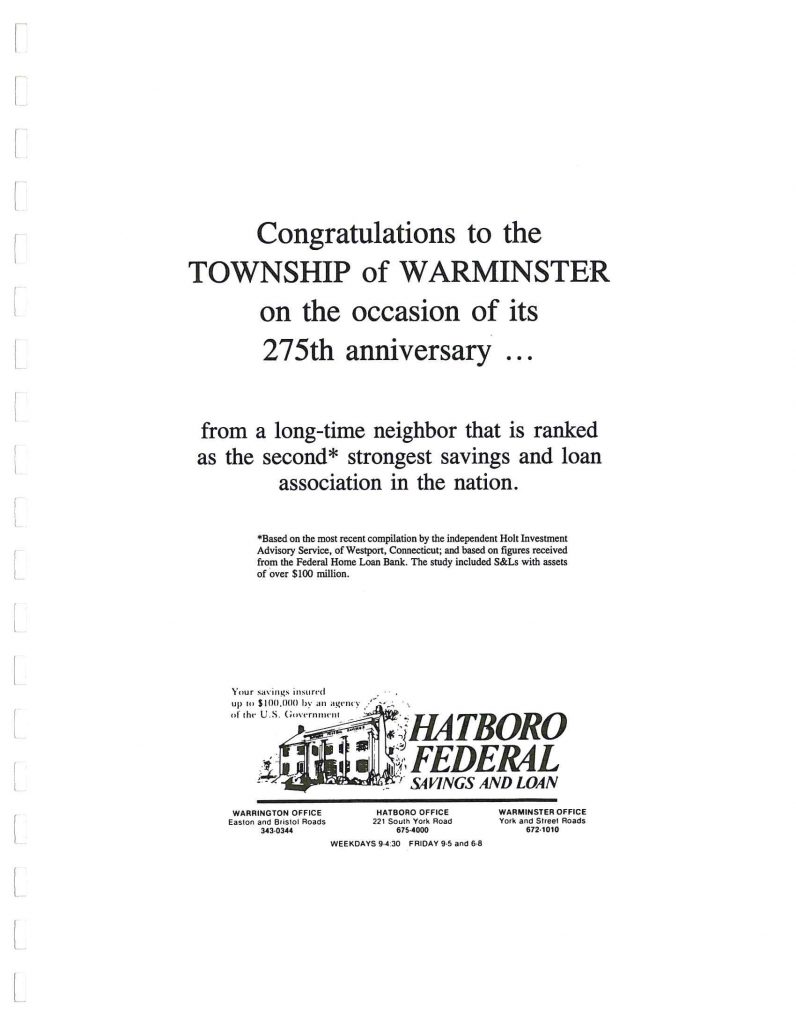
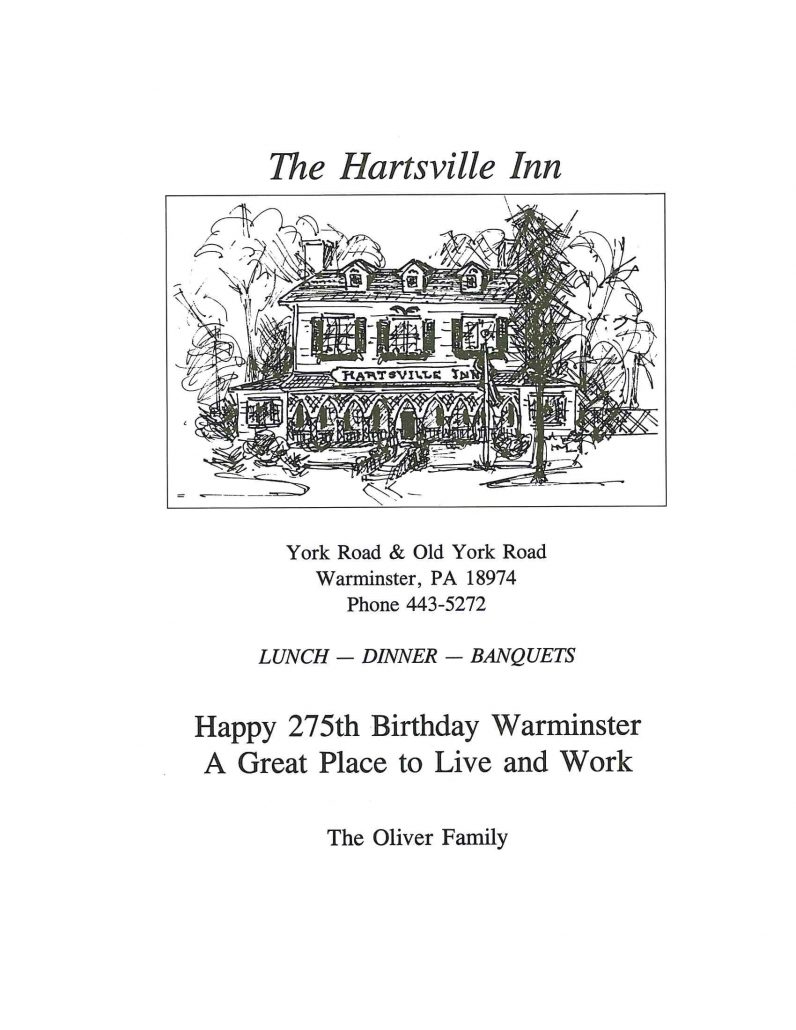
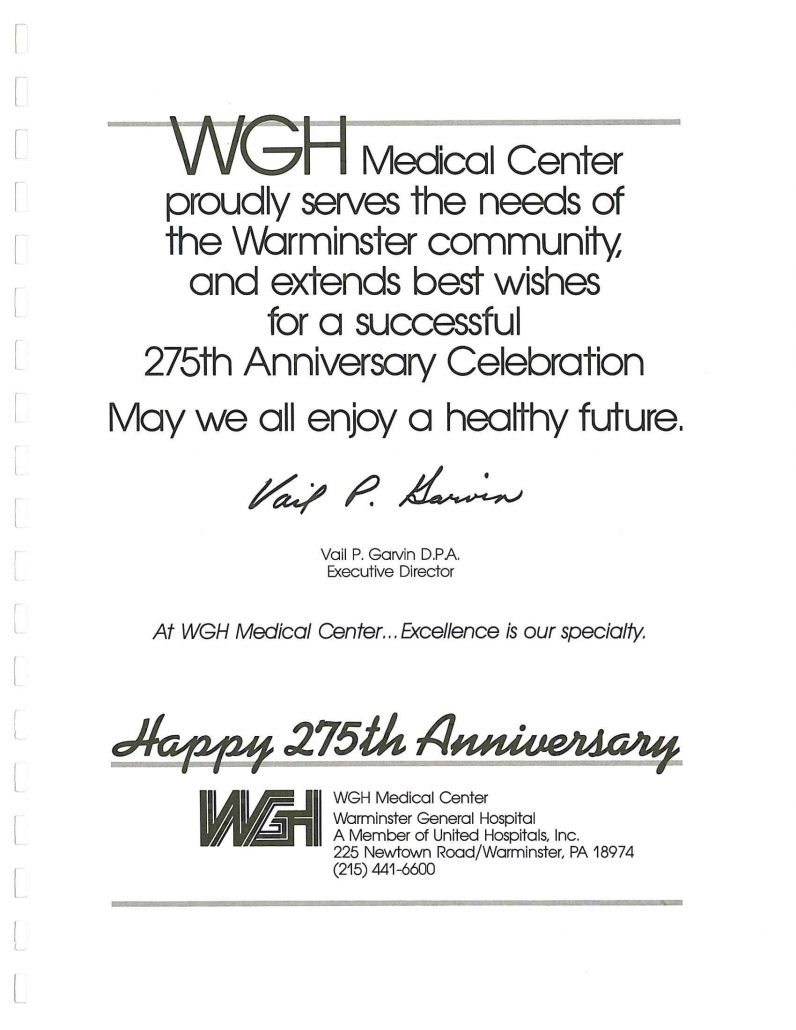
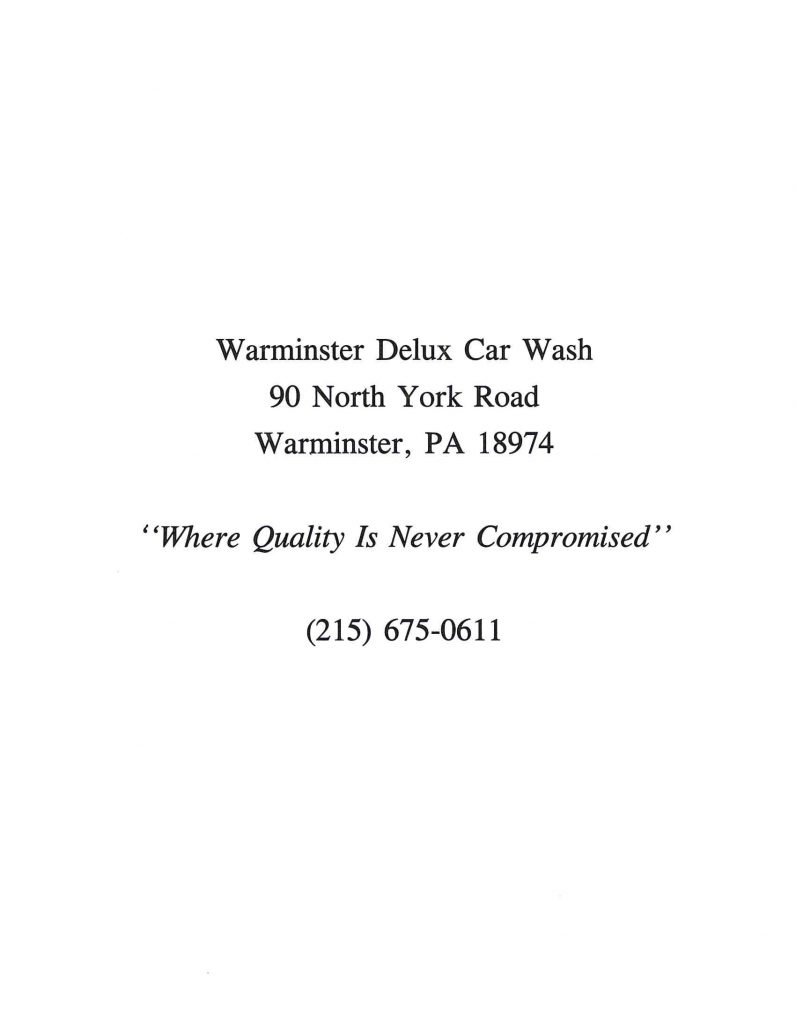
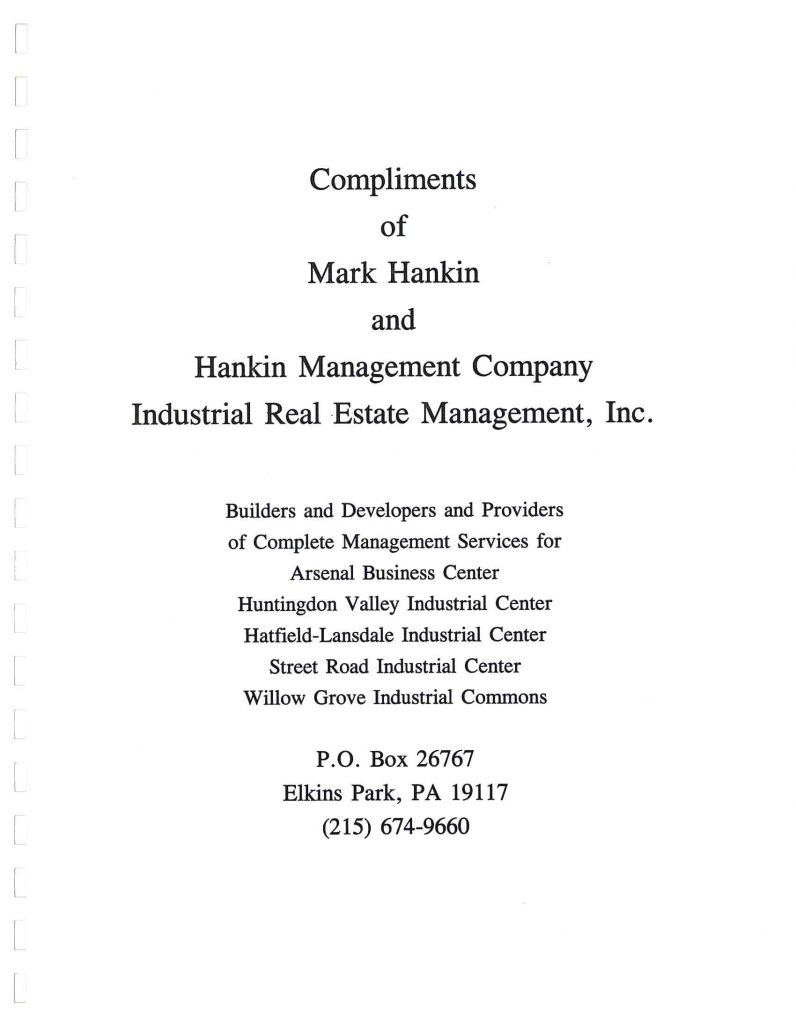
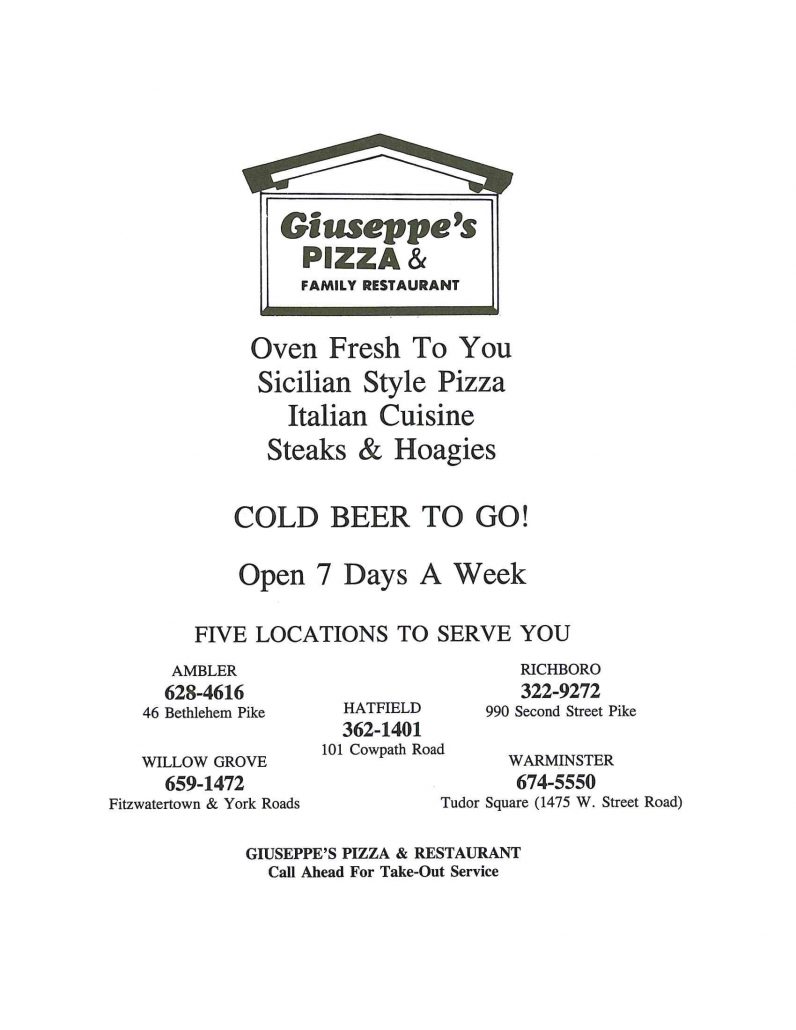
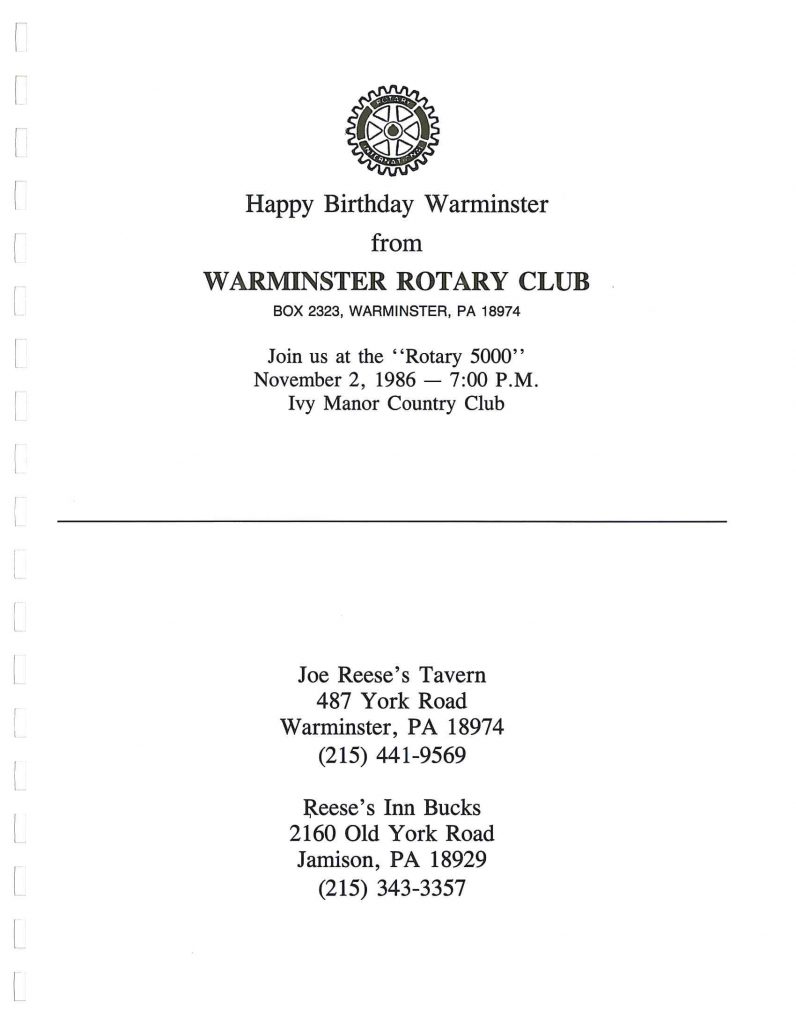
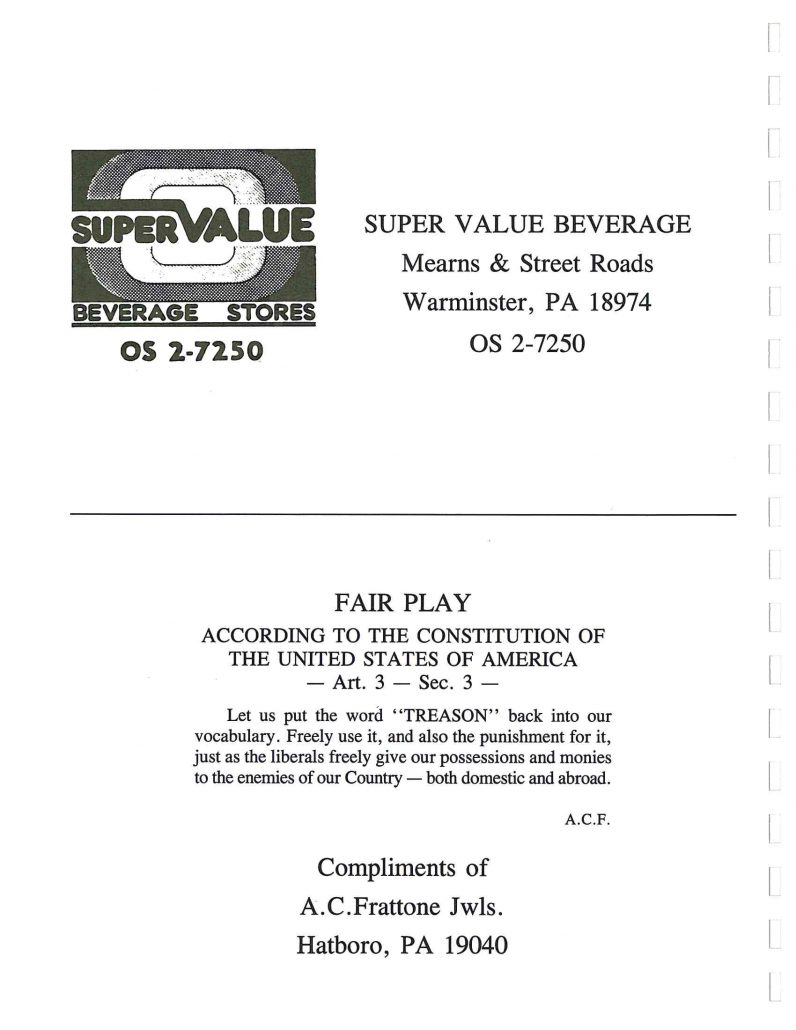
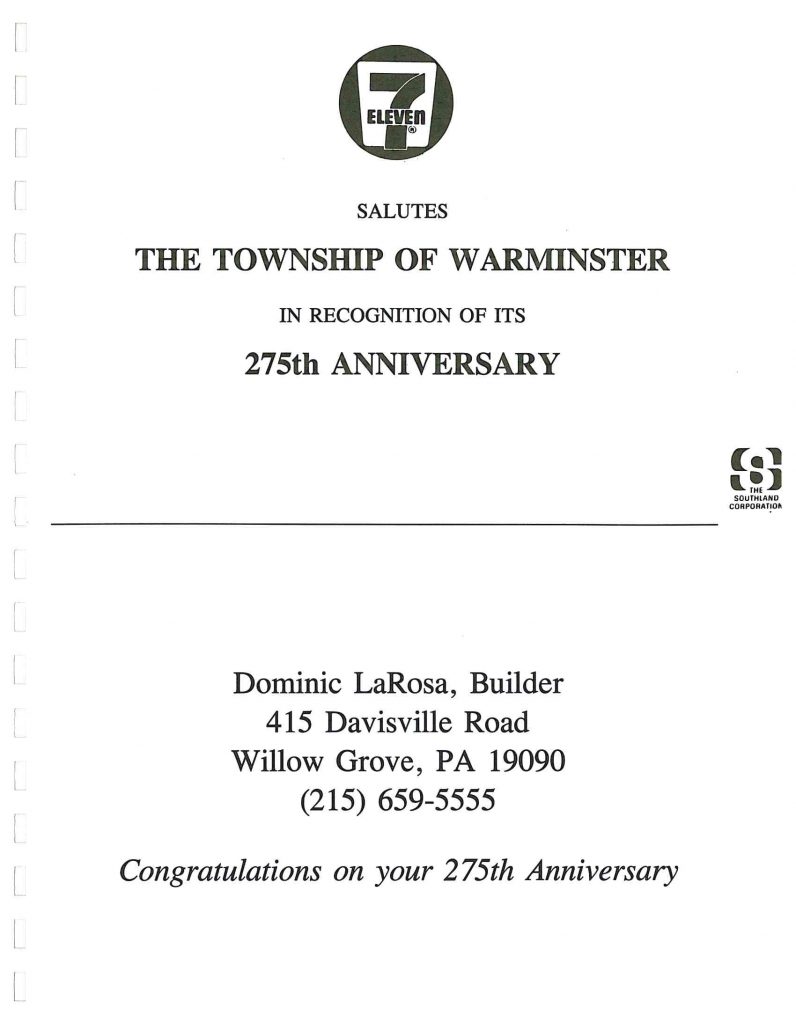
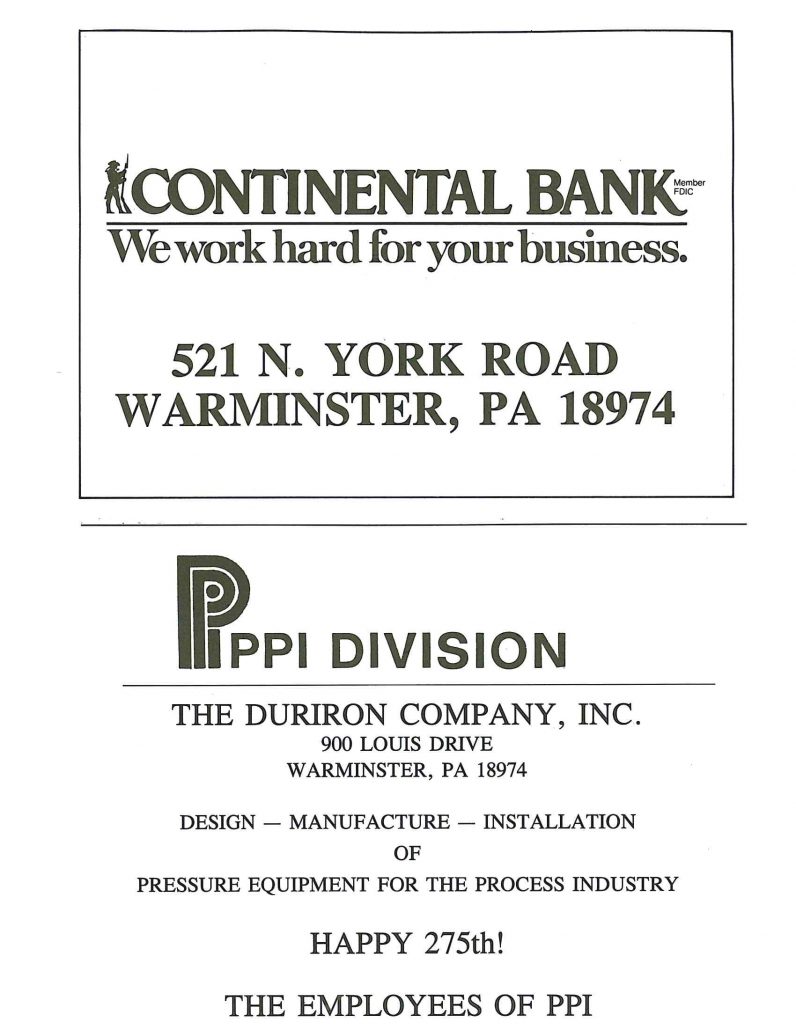
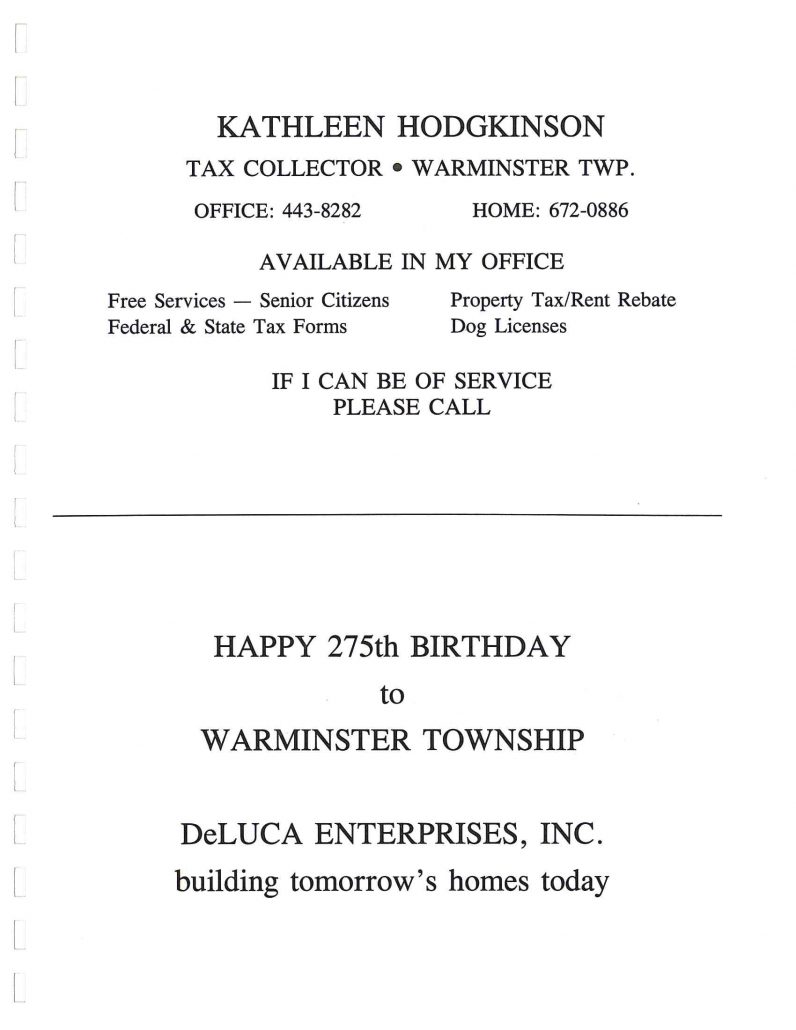
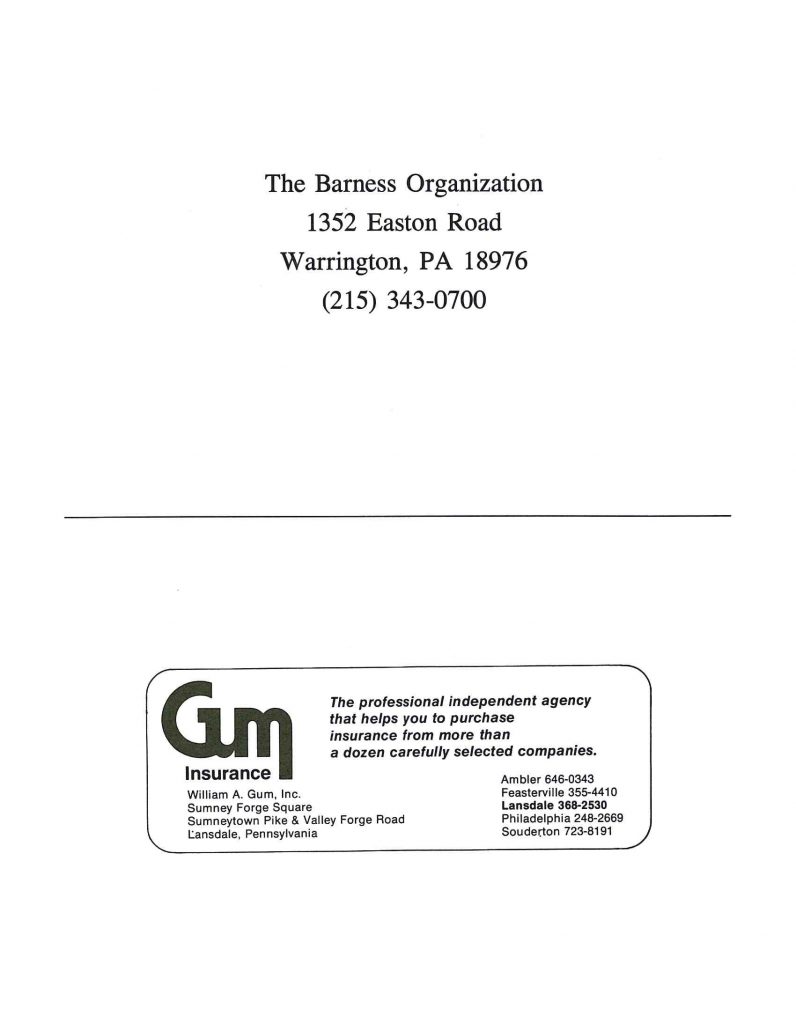
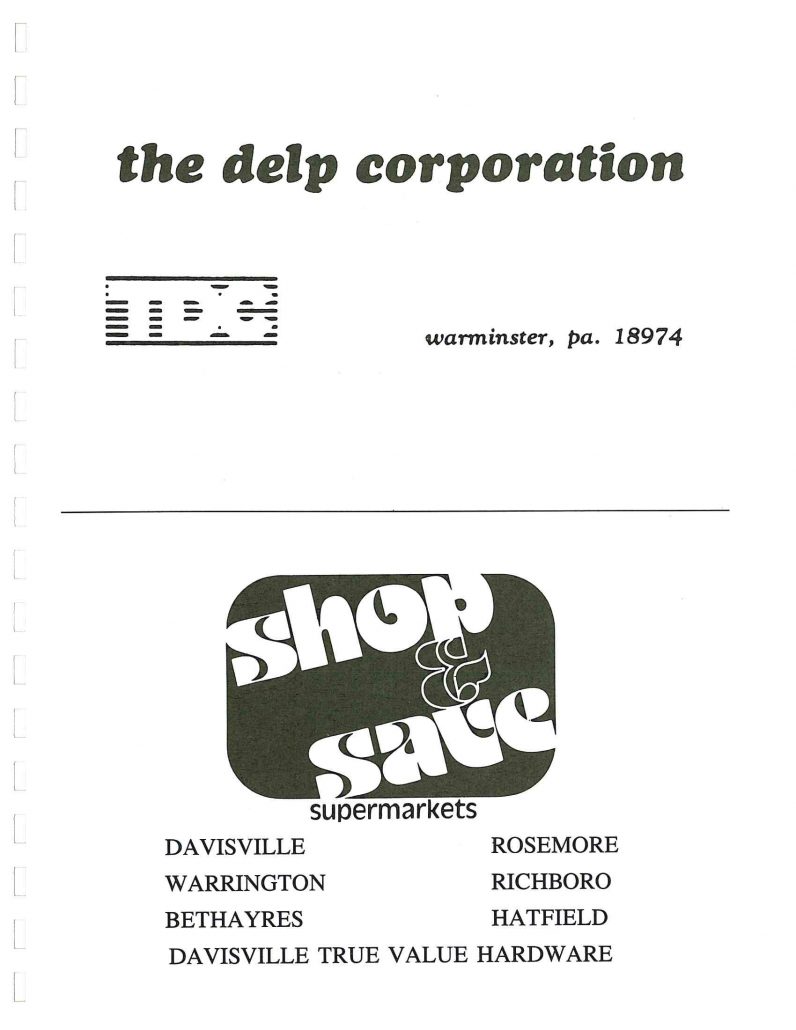
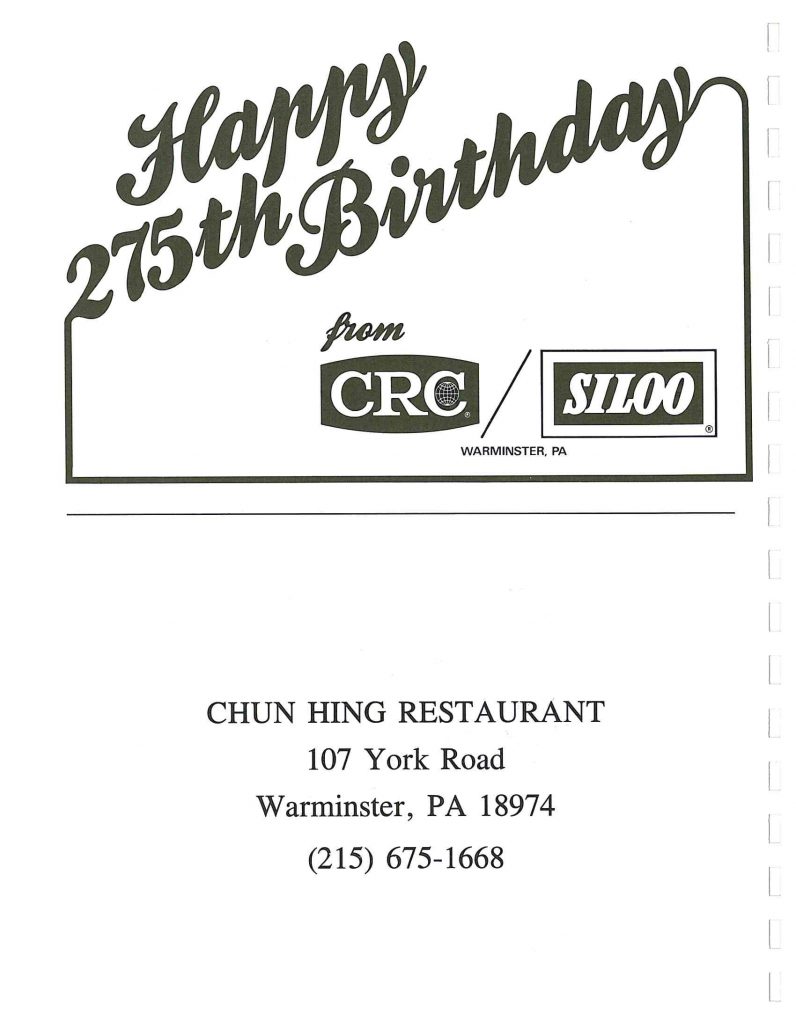
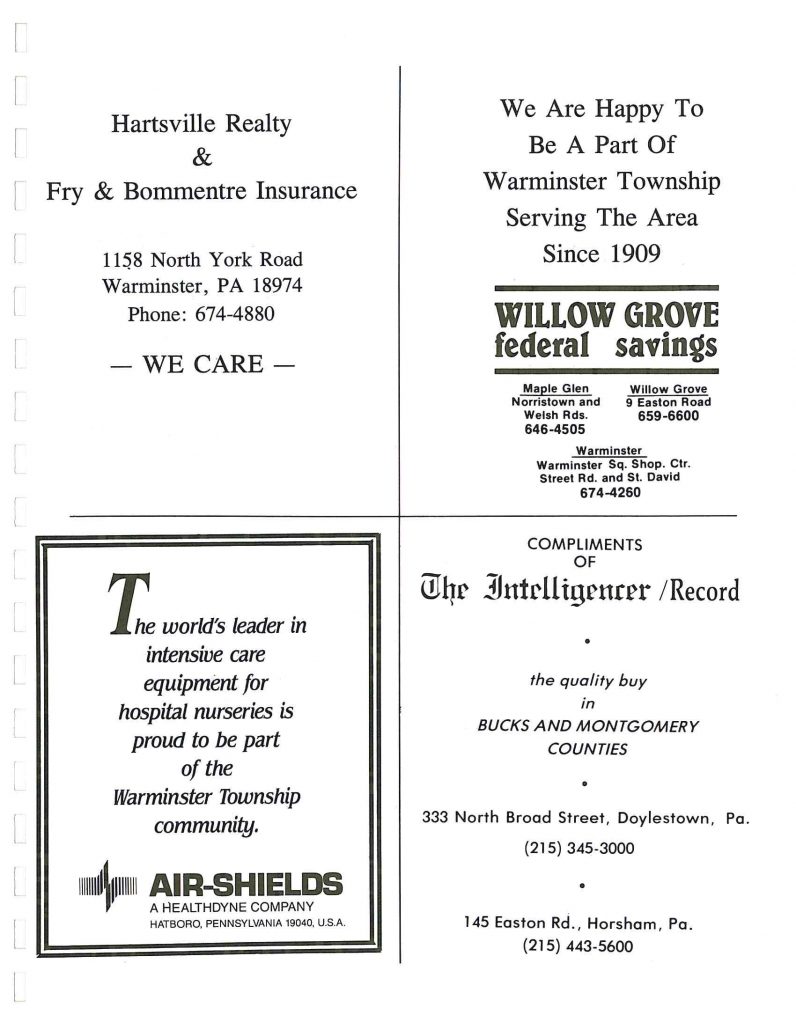
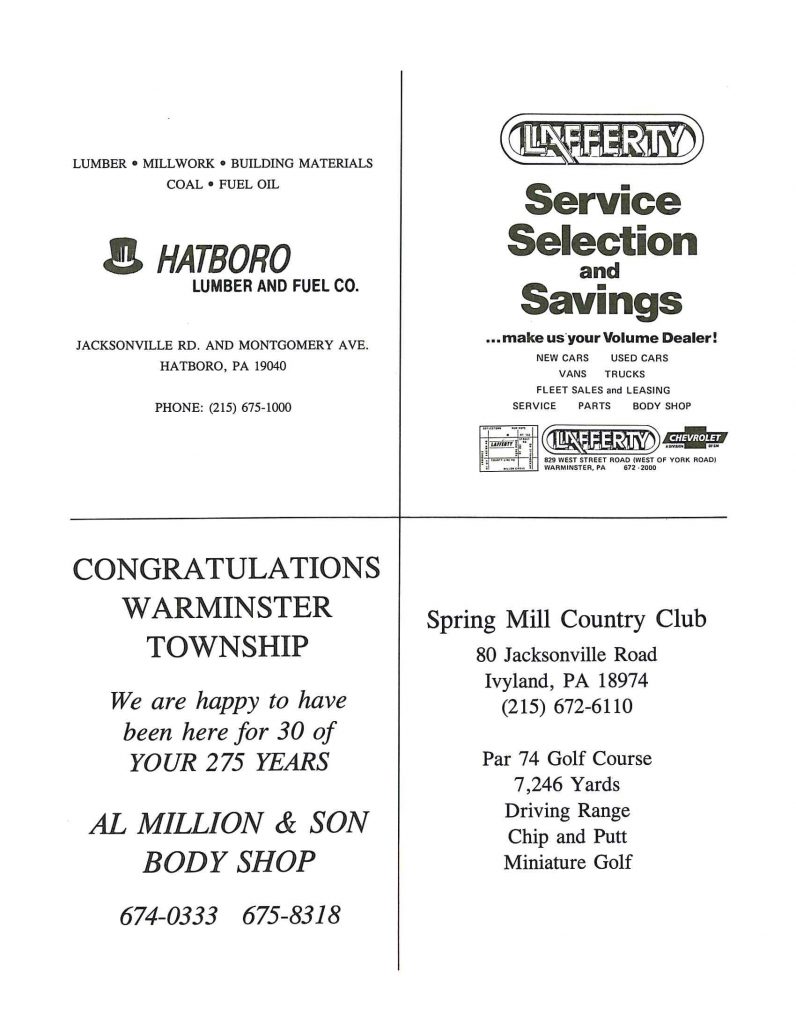
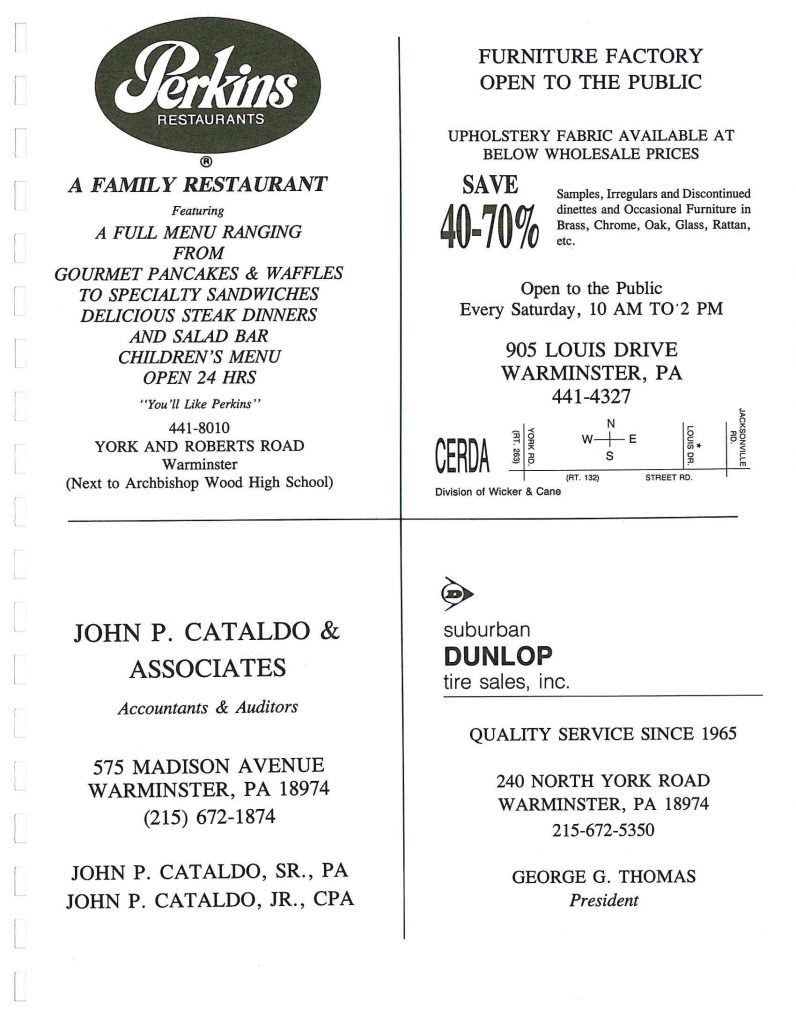
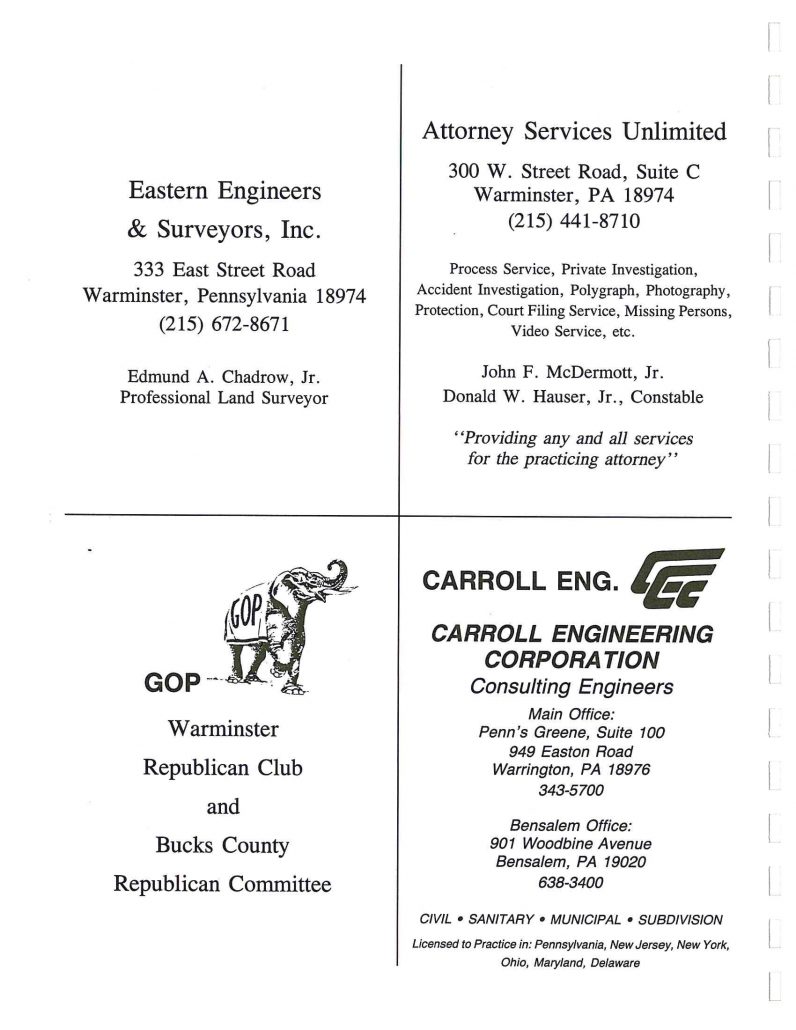
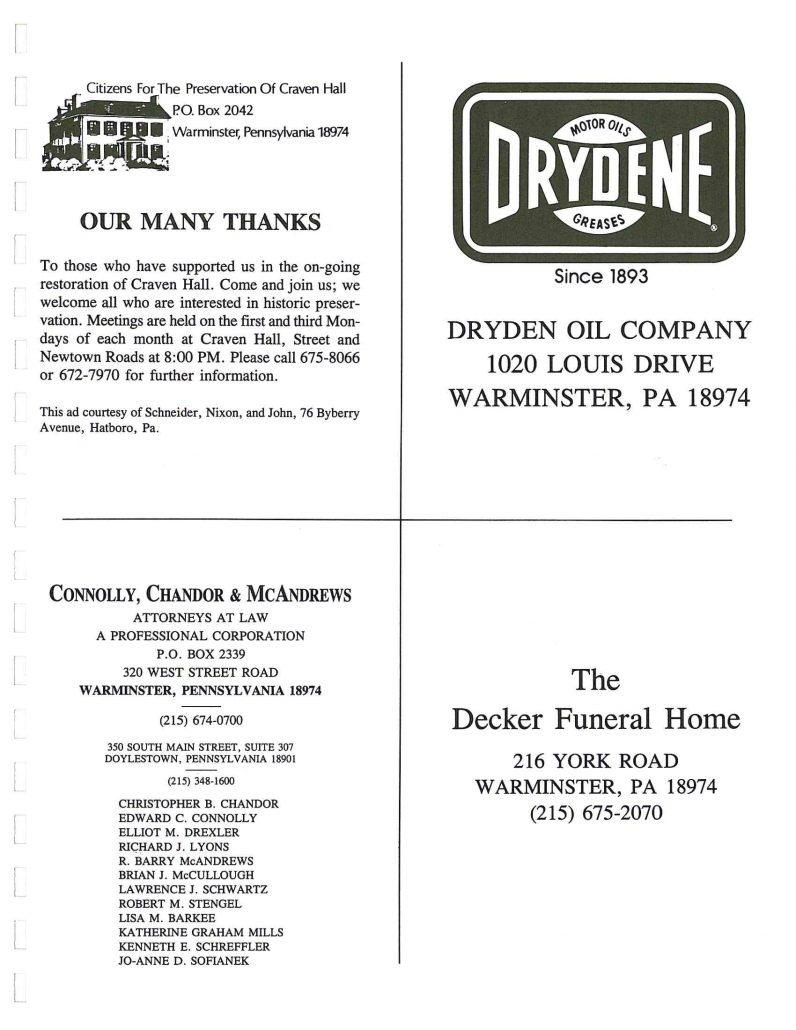
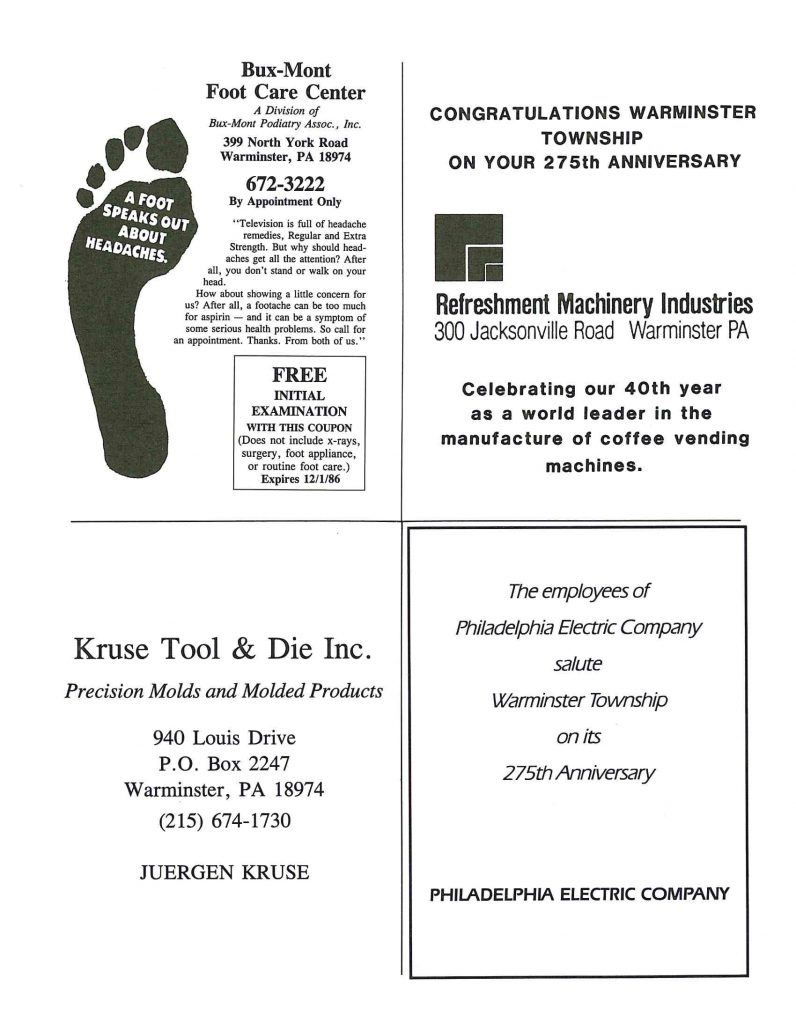
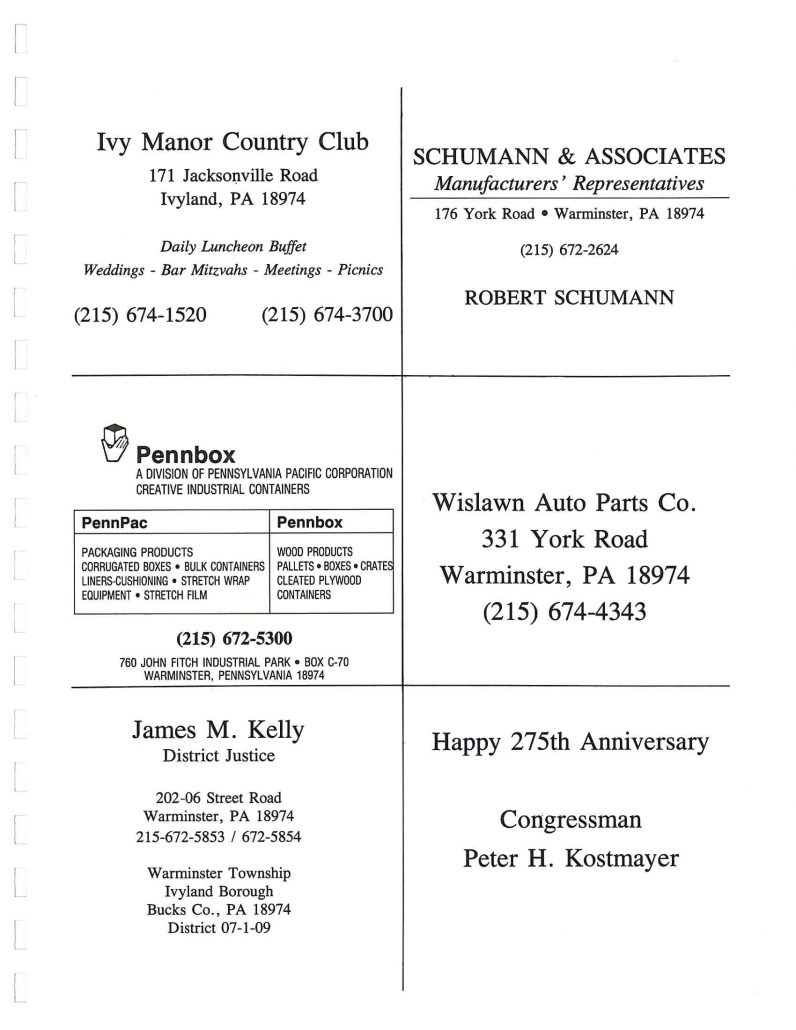
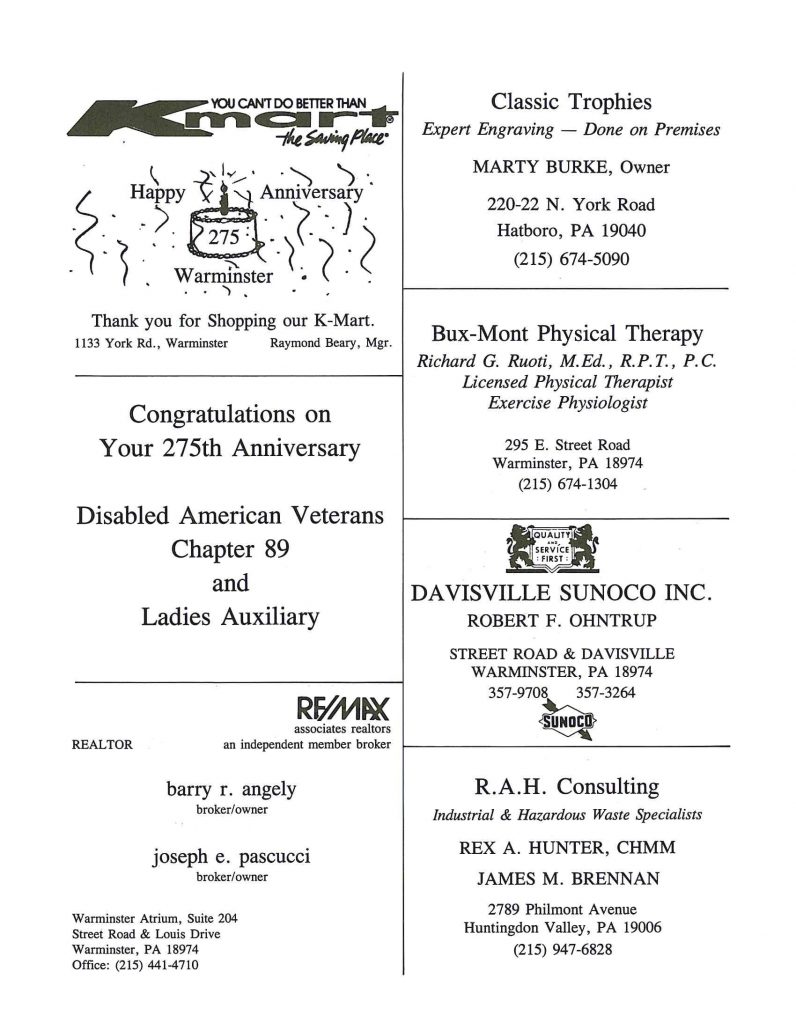
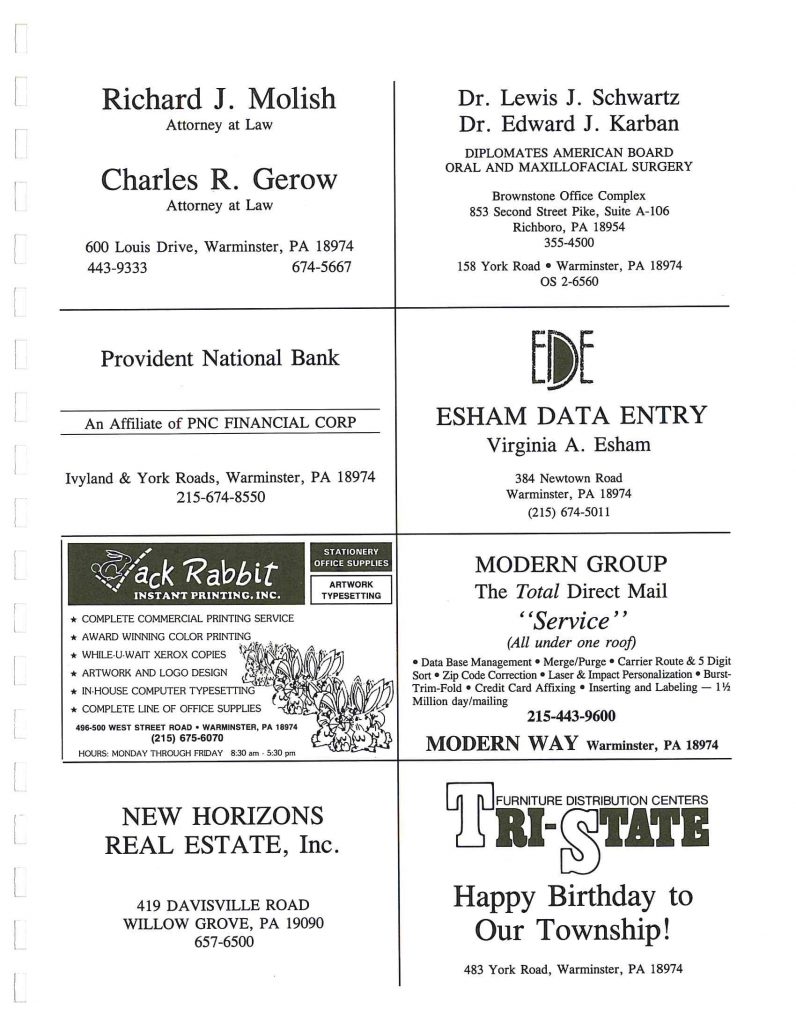
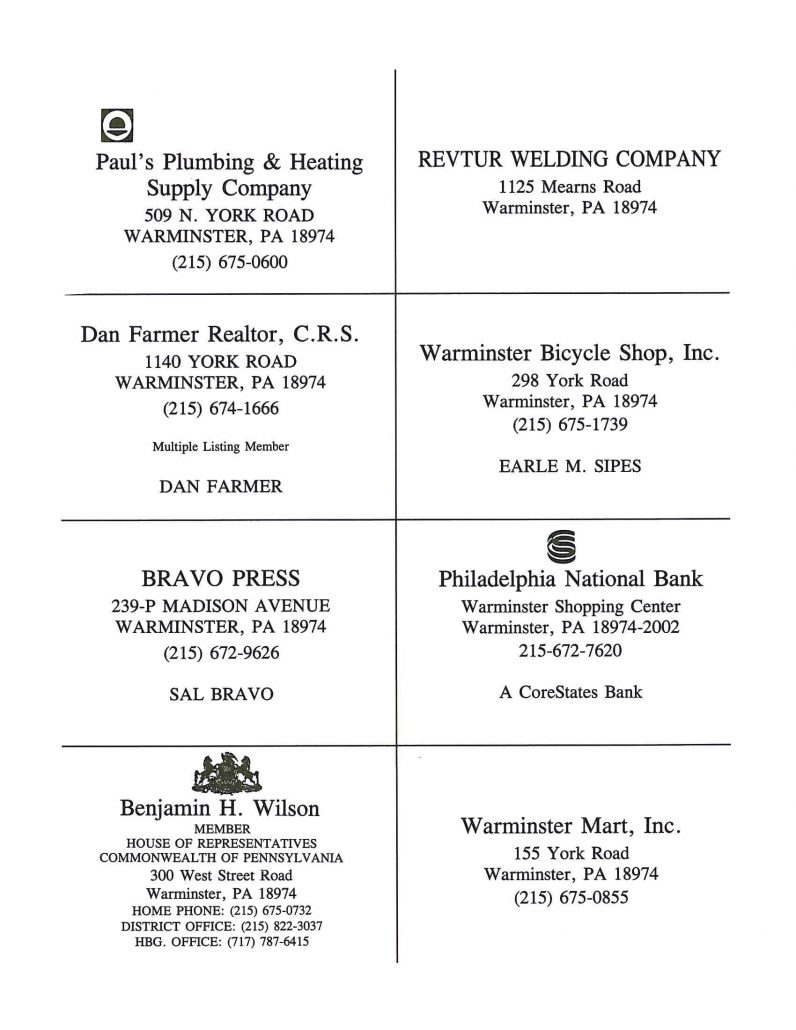
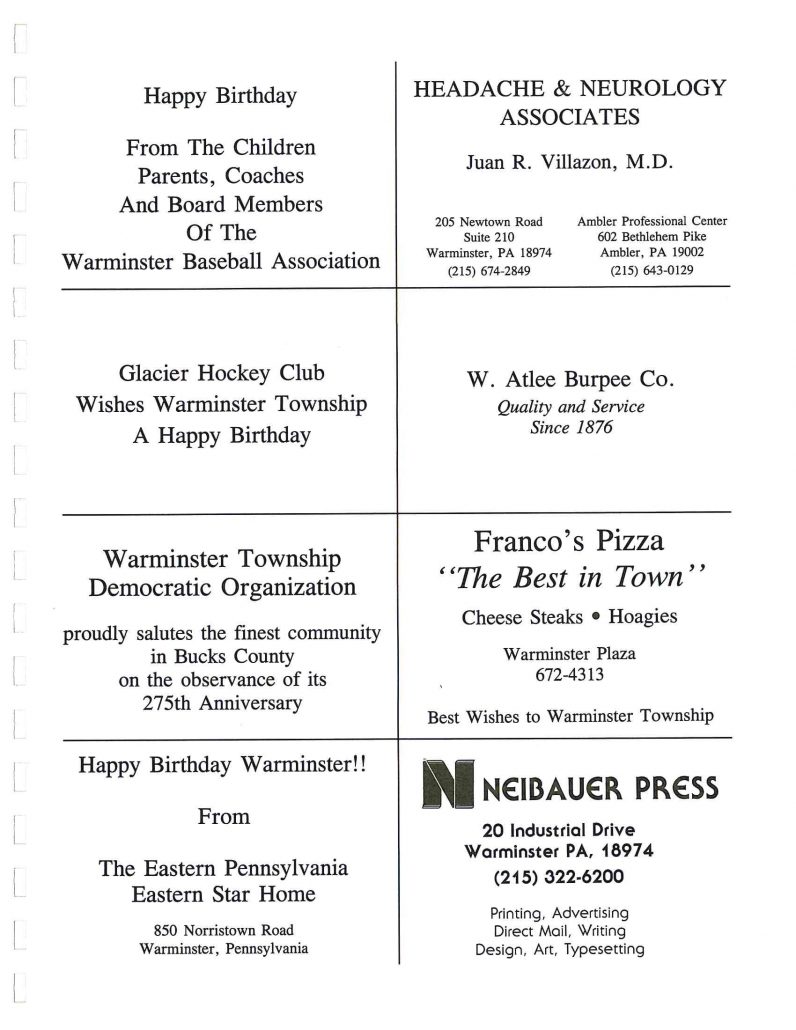
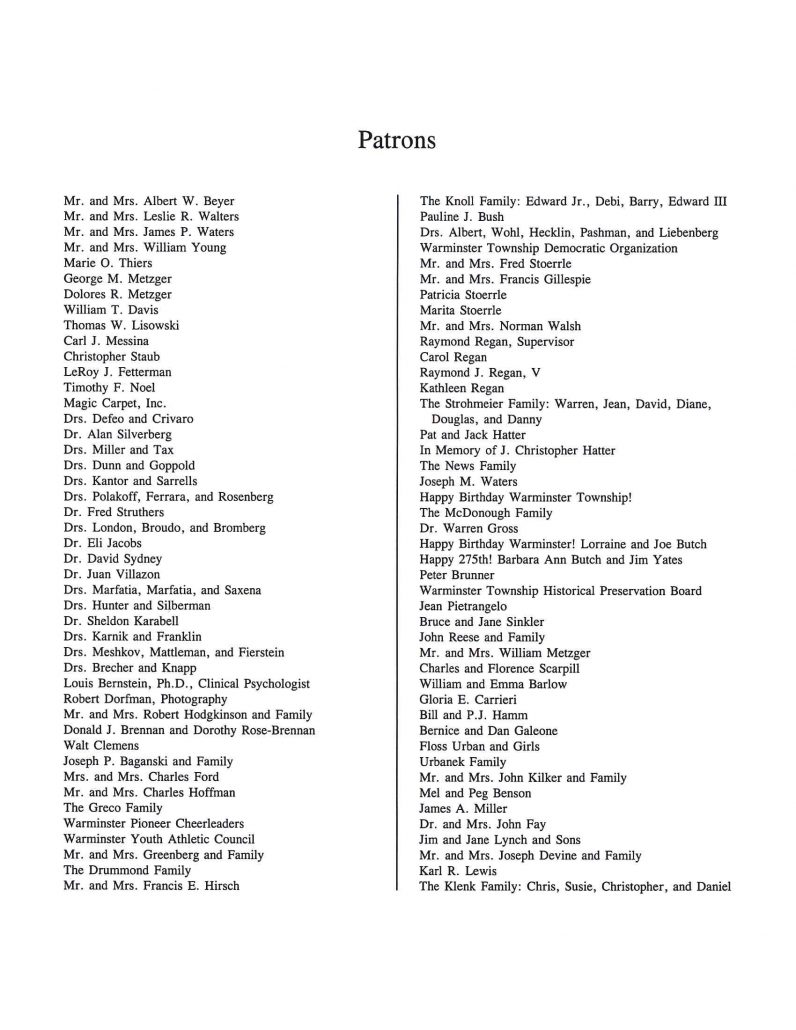
Nothing Found
Sorry, no posts matched your criteria